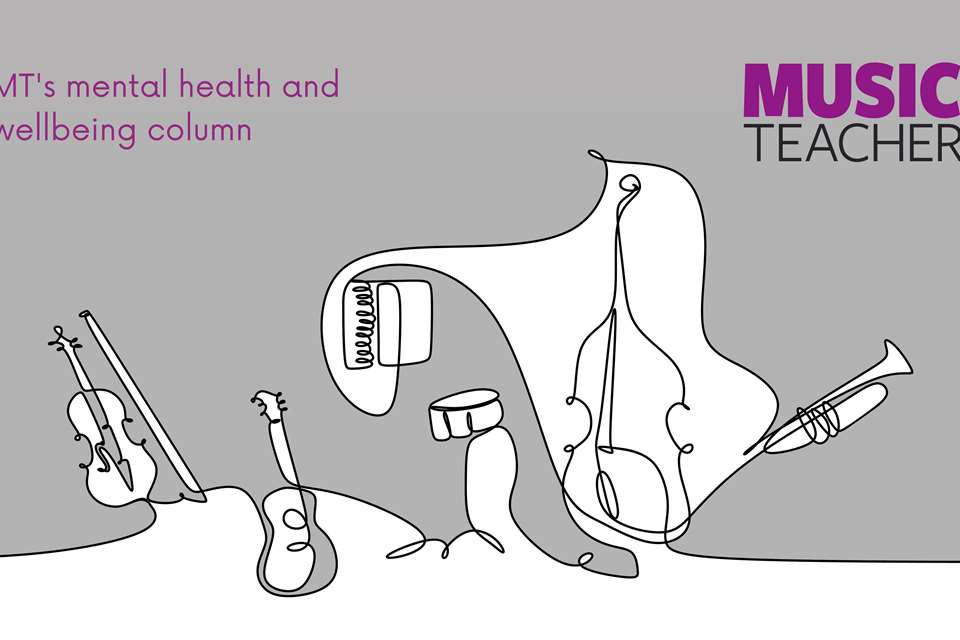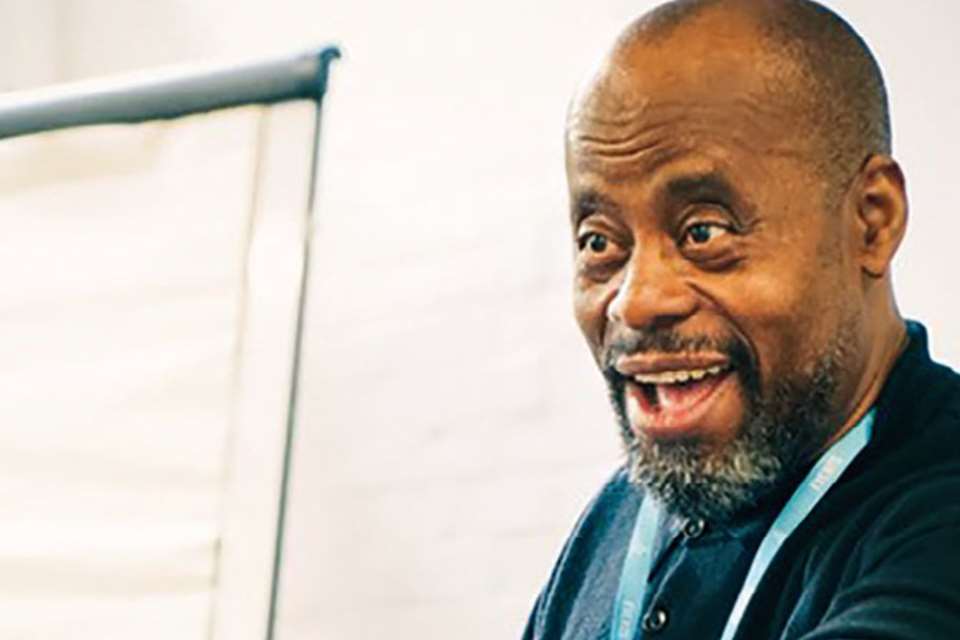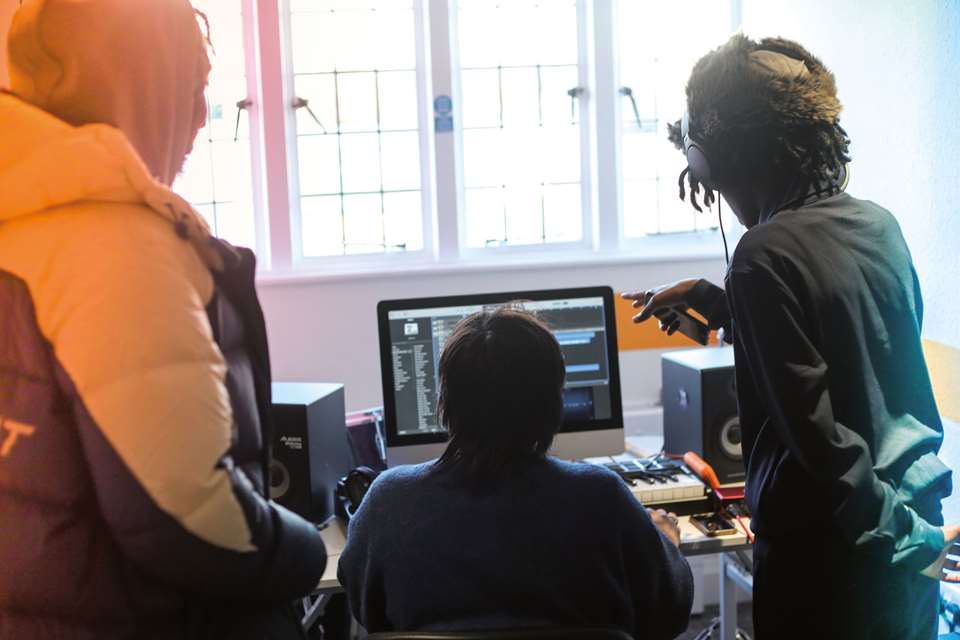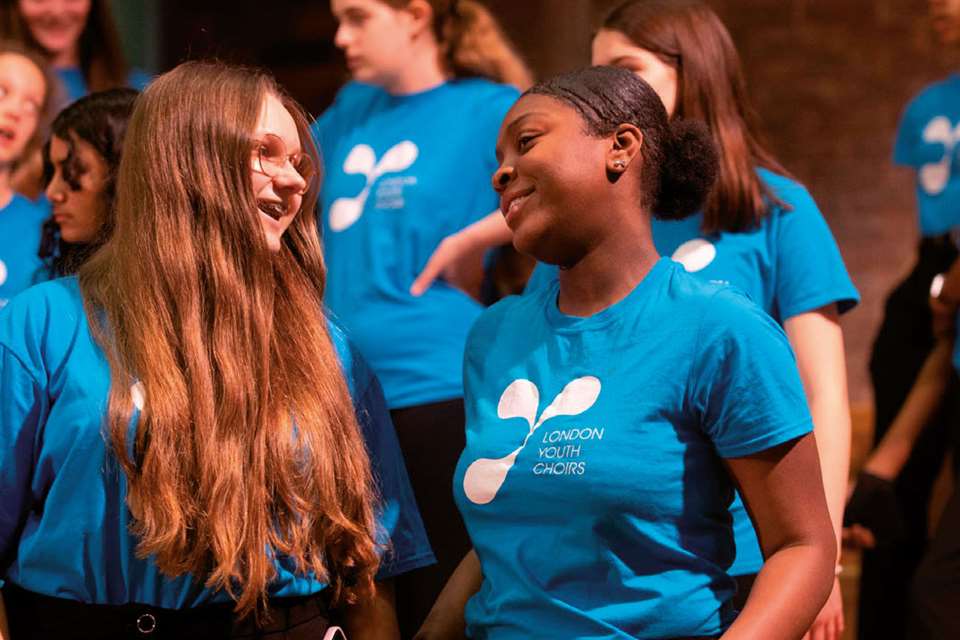Mental health and wellbeing column: understanding and enabling
Emma Hutchinson
Thursday, September 1, 2022
Kicking off our second year of mental health and wellbeing columns with a new set of partners, Emma Hutchinson from Music House for Children explores music and wellbeing in the early years.

Courtesy Music House for Children
Our hearing is fully formed some six weeks before birth. Even being born is musical! The cacophony of internal sounds experienced preand during birth is later replaced by undulating, rhythmical patterns of a parent's voice and movement as baby absorbs a new world. These continued experiences build and strengthen early development, including being sociable and communicative, being independent, spontaneous, creative, and content. In a time of increasing mental health referrals, the enabling and sharing of pedagogical understanding and practice is more critical than ever before to support children's socio-emotional needs, as well as musical development.
Music educators come from many different educational backgrounds and have many different skillsets. They may have studied community music, undertaken an MA in music, studied music then gone on to do a PGCE, a Certificate in Music Education, or specialised in music therapy. However, a music educator's undisputed skills and know-how will fall at the first hurdle if their beneficiaries are struggling with mental health issues. As a shared experience, music can do much to ignite communicative pathways that then allow learning to flourish.
Doing, being, listening
Play your instrument. Make music the living, breathing, responsive medium that it is. Create moments where music speaks, pauses negative thought, arrests the madness within and holistically connects the child and adult. A sensitively chosen genre provides comfort while providing real life experience that is absolutely about learning too. A child and adult might subconsciously rock from side to side while listening. They will look to see your instrument, reflect, reach forward… Deliver what you know and encourage listening, stillness and simply being. Often the learning outcome you are looking for is discovered after the experience, when the adult smiles with their baby, or a child spontaneously vocalises on the way home. At the end of your session, encourage adults to look out for those moments, and to mention them next time they come along. These moments are milestones.
Play, explore, understand
Create tactile musical moments for everyone to share in. Multi-sensory engagement plays a big part in communicating needs and dismantling barriers – particularly for those feeling locked in or struggling to engage with others. Pre-nursery ages vocalise spontaneously through and with their loved adults, peers, toys, and environment. Playful sounds combined with a kaleidoscope of multi-sensory experiences is a natural precursor to speech acquisition. The lack of interactive opportunities, isolation, and depression in families – particularly since the pandemic began – can inhibit early language and many other life skills. Music provides enormous scope to positively connect and re-ignite development. I hasten to add that it is not just singing that can achieve this!
Here is an example of an activity for young children with emerging signs of language delay (see image): Put a collection of different sized boxes in the middle of the group. Encourage your group to touch and move them around while playing a piece of music on your instrument to accompany. The music could be as familiar as a repeated ‘row your boat’ melody. Boxes provide moments of curiosity – what's in it? What does it do if I pick it up/put it on another/beat it? Select an open box with fabric inside, or special instruments such as maracas, clatterpillars or mini djembes.
Boxes are an affordable or free medium, excellent spatial markers, instruments, or inventors of things such as a boat, bridge, or house. Painting them special colours provides additional opportunities for developing stories, songs, rhymes, and shared ownership. What you are likely to notice is adults conversing spontaneously with their child and vice versa. In the meantime, your (live) music will continue to provide an audio thread from which ideas and vocal interjections spring. This is probably the most important action you as the educator can make. Facilitate the activity, share your skills, and enable theirs (vocalising) to emerge.
Trust and knowledge
As a music educator, for decades I had a constant fear that my beneficiaries would not appreciate or understand why or what I was teaching. It took me years to reduce my vocal instructions and trust in music as the first language to connect. Positive feedback included comments such as ‘that did me/us so much good’ or ‘I feel so much better’.
We encourage families, early years settings, and SEND (special educational needs and disabilities) units to provide as much information to enable teachers to plan lessons that are sensitive to their children's needs. This now includes prevalent experiences of isolation, anxiety and, on occasions, bereavement. While data protection is respectfully acknowledged, there is an increasing need to trust educators with appropriate information so they can support socioemotional and subsequent learning outcomes in the best interests of all.






